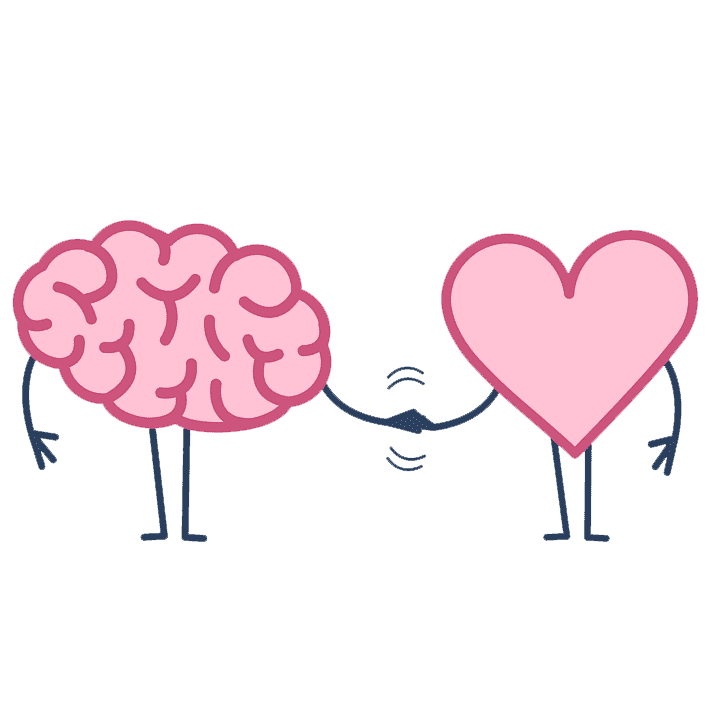The teenage brain
During adolescence, many changes take place in life. As a teenager, you enter puberty and the body changes a lot. The brain also develops during this time. With the help of research, you can better understand what is happening in your brain.
Friends and risk-taking
During adolescence, liberation from parents increases, and friends are now very important. Teenagers try to find a new place in a new group and the relationships that are built up during adolescence are a preparation for the social contexts that come as an adult. Research has shown that teenagers take greater risks when friends are present, perhaps as a way to impress. Teenagers also become more preoccupied with their looks, and how others perceive them and they develop their own identities and personality. Feeling outside the group or feeling that you are not good enough can evoke very strong emotions because the part of the brain that controls the emotions is extra involved as a teenager.

Research has shown that teenagers takes greater risks when friends are present, perhaps a way to impress.
The reward system
During adolescence, the amount of dopamine also increases. Dopamine is a chemical substance that is a part of the brain's reward system and is important for the experience of pleasure. It is also included in functions such as alertness, concentration, motor skills, learning, joy, and enthusiasm. Positive experiences such as eating good food, having sex, listening to music, and having fun release dopamine into the brain's reward system. Harmful behaviors can also affect the release of dopamine, which can lead to various addictions. The brain's reward system is a network of areas in the brain that stimulate the learning of behaviors that are linked to reward. Several parts of the reward system are part of the limbic system. It is an arcuate structure that includes a number of nerve cell groups that together convey experiences of anxiety, aggression, and more. Here is the brain's olfactory center and the structure of the amygdala where sensory impressions are linked to a feeling. The limbic system also regulates different moods and social adaptability.

Emotions rule
The cerebral cortex is thickest in girls at 11 years of age and in boys at 12 years of age. After that, the gray matter decreases while the white substance increases. The white matter contains bundles of nerve fibers that handle the communication between the nerve cells in the cerebral cortex. The gray matter, therefore, decreases because synapses that are not used so often are "trimmed" away. The increase in white matter is due to the axon of nerve cells being clad in a high-fat material called myelin. Myelin has an insulating ability that makes the speed of a nerve impulse go 100 times faster, which means that the ability for abstract thinking, problem-solving, and planning is improved. Research shows that the risky behavior that is often characteristic of adolescence is due to an imbalance between the different areas of the brain that deal with emotions (the limbic system) and the mind (the frontal lobes), respectively. As the frontal lobes develop slowly, controlling functions mature much later than emotional and operational functions, which may be an explanation for young people taking greater risks than adults and having more impulsive behavior. The "brake", ie the frontal lobe, works worse and therefore the emotions can take over.

Research shows that the risky behavior that is often characteristic of adolescence is due to an imbalance between the different areas of the brain that deal with emotions.
Sleep
Sleep is especially important during adolescence. When we sleep, the body's tissues build up. During sleep, they release hormones that are important for building muscle, for example. A teenager should sleep 8 hours a night. During sleep, the events of the day are processed and sleep is important for our learning and our memory. Damaged nerve cells are cleared away and the brain's energy stores are replenished.